SOURCE: IDRW.ORG TEAM
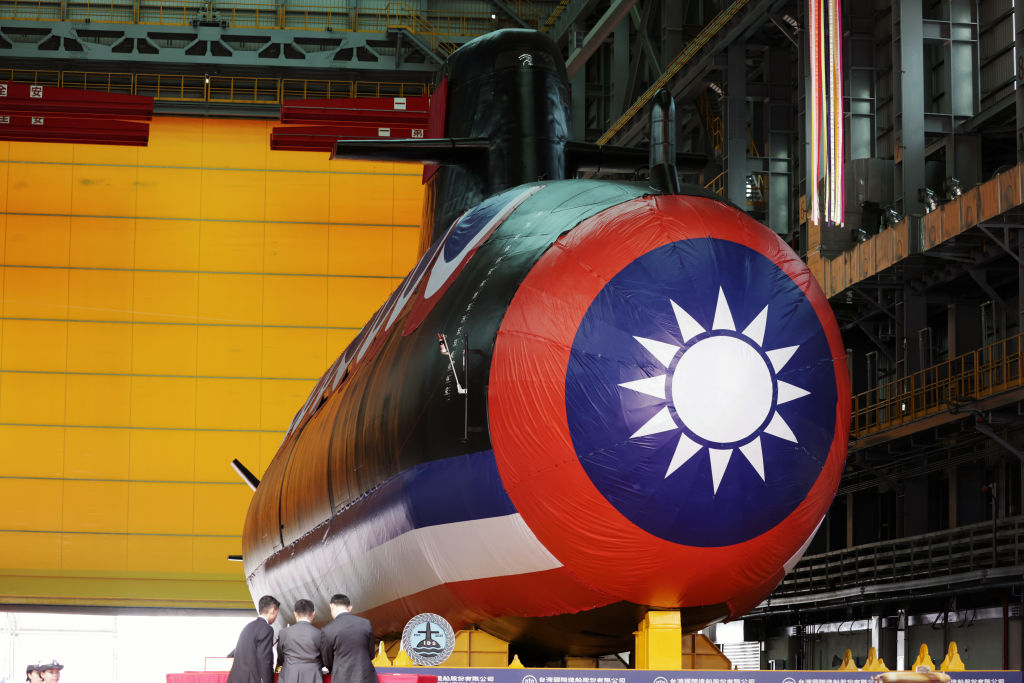
Taiwan marked a significant milestone in its defense strategy by unveiling a prototype of its first domestically assembled submarine. Named “Hai Kun,” the diesel-electric vessel is part of Taiwan’s ambitious program to enhance its naval capabilities, driven by concerns over the looming threat of a potential invasion by China. This achievement has been made possible through discreet assistance from various foreign experts and engineers.
The Taiwanese Defense Ministry recently conducted the maiden sea trial of the submarine at the shipbuilder CSBC Corp.’s Kaohsiung dockyard. This event underscores Taiwan’s determination to bolster its naval defenses in the face of mounting tensions with China.
Continue readingSOURCE: RAUNAK KUNDE / NEWS BEAT / IDRW.ORG

The Indian Air Force (IAF) is set to make a significant move to bolster its fleet with the potential acquisition of 97 additional Tejas Mk1A fighter jets. This development comes as part of the IAF’s ongoing efforts to enhance its capabilities and maintain air superiority. IAF will move files to get clearance from the Defence Acquisition Council (DAC) for the purchase of additional jets later this month.
Last week, the IAF Chief, Air Chief Marshal Vivek Ram Chaudhari, revealed the air force’s intentions to seek approval for the acquisition of 97 more Tejas Mk1A jets. The plan aims to conclude the deal for these additional aircraft by the end of the year, with an estimated cost of 60,000 crores.
Continue readingSOURCE: RAUNAK KUNDE / NEWS BEAT / IDRW.ORG
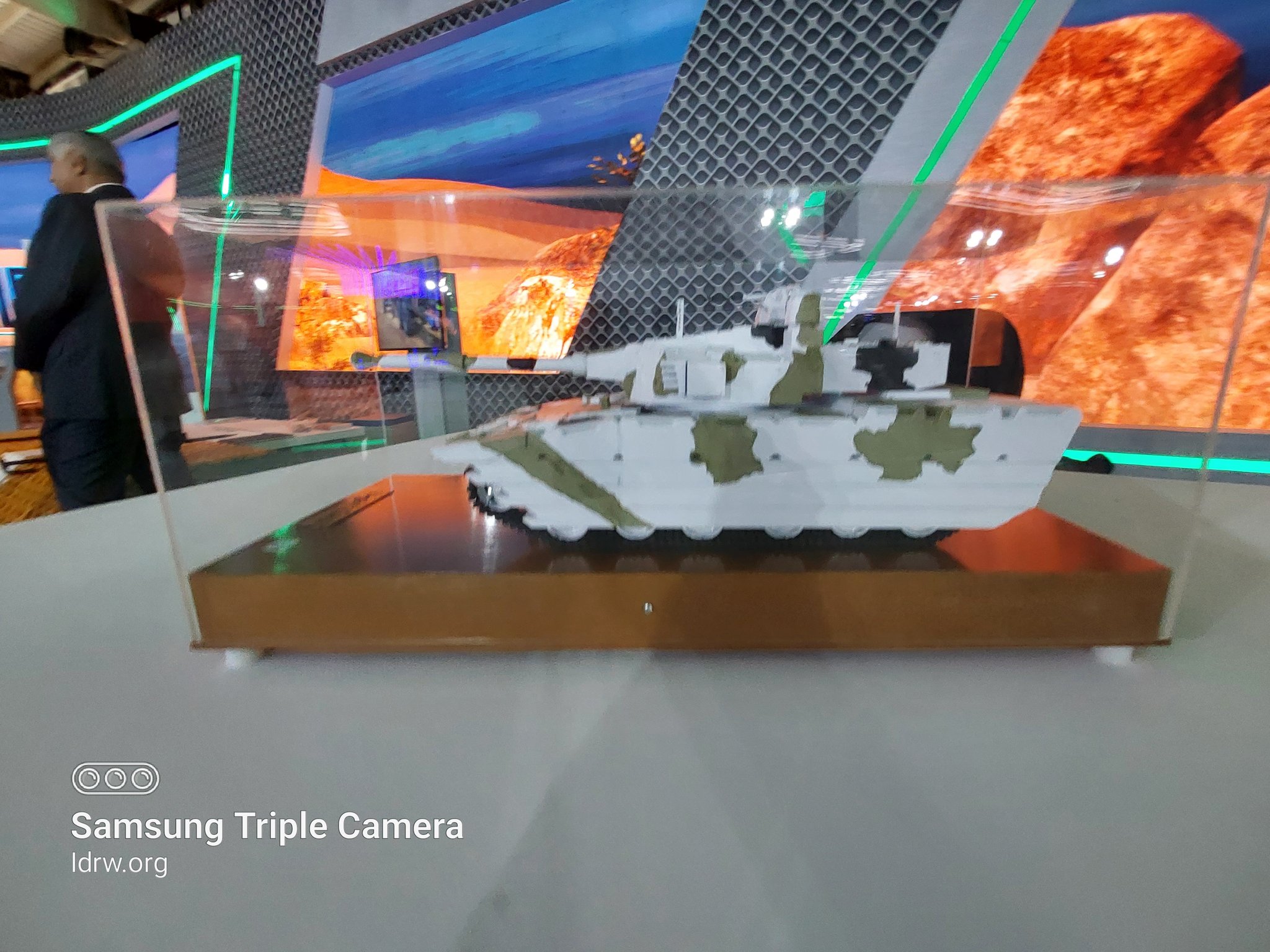
India’s ambitious Project Zorawar, aimed at developing a 25-ton Light Battle Tank to counter Chinese deployments in high altitudes, has faced engine delays, leading to a potential shift to an American Cummins engine for the program. The project is a joint effort by the DRDO (Defense Research and Development Organization) and L&T (Larsen & Toubro).
The setbacks in the development of the indigenous tank primarily stem from the German MTU engine manufacturer’s failure to agree on the delivery terms set by DRDO-L&T. As a result, the program is now considering an American Cummins engine as an alternative. This decision could impact the project’s timeline.
Continue readingSOURCE: RAUNAK KUNDE / NEWS BEAT / IDRW.ORG
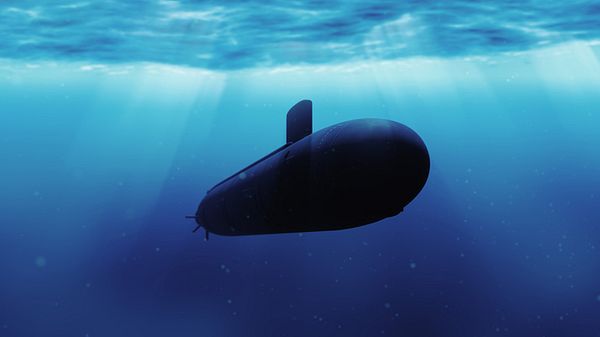
The Indian Navy is on a path of modernization and augmentation of its capabilities, and one of the latest developments involves the incorporation of Unmanned Underwater Vehicles (UUVs) into its submarine fleet. These UUVs are set to play a significant role in various underwater operations, providing the Navy with advanced capabilities and versatility.
Diverse Applications for UUVs in the Indian Navy
Continue readingSOURCE: IDRW.ORG TEAM

India’s quest to modernize its air force with the acquisition of 114 fighter jets under the Multi-Role Fighter Aircraft (MRFA) tender has encountered a series of challenges and debates within the military and government. With a potential deal worth over $20 billion at stake, the Indian Air Force (IAF) is faced with the task of selecting the most effective and efficient procurement strategy.
The IAF has long recognized the need to bolster its fleet with modern fighter aircraft. Under the MRFA tender, the force is seeking to procure 114 jets, a process that might span the next three years. The request for proposal (RFP) is expected to be issued in the near future, but the IAF’s decision-making process is far from straightforward and first aircraft to be inducted by happen only in 2030 if alternatives procurement plans are not explored.
Continue readingSOURCE: IDRW.ORG TEAM

In a scene reminiscent of intrigue and security concerns, the US WC-135R “nuclear sniffer” aircraft, officially designated WC-135R Constant Phoenix, has once again made its presence felt along the Indian and Pakistani coasts. This unique aircraft, renowned for its specialized role in detecting signs of nuclear explosions in the atmosphere, has recently been conducting missions in the region, raising questions about its objectives and the geopolitical dynamics at play.
The recent sightings of the WC-135R along the Indian and Pakistani coasts have piqued the curiosity of many observers. Just Four days after idrw.org has reported the aircraft was first seen in the area, it has returned, this time appearing to focus on the area off Karachi, Pakistan.
Continue readingSOURCE: RAUNAK KUNDE / NEWS BEAT / IDRW.ORG
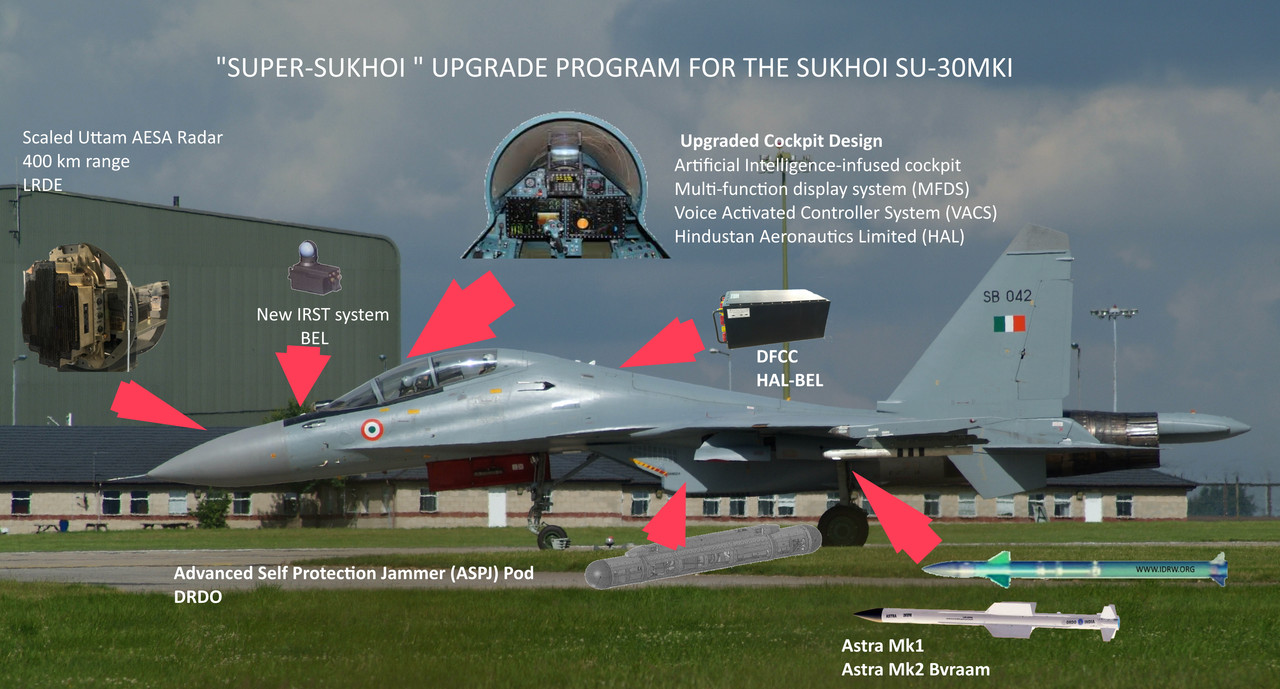
The Indian Air Force (IAF) is embarking on a significant modernization journey with its Super Sukhoi program. This initiative aims to upgrade 84 Sukhoi-30MKI aircraft, providing them with cutting-edge capabilities and enhancing their performance. While the program includes some components from Russia, the majority of upgrades are being developed indigenously, reinforcing India’s commitment to self-reliance in defence technology.
Under the Super Sukhoi program, these formidable aircraft will receive 51 major upgrades, transforming them into even more potent assets for the IAF.
Continue readingSOURCE: RAUNAK KUNDE / NEWS BEAT / IDRW.ORG
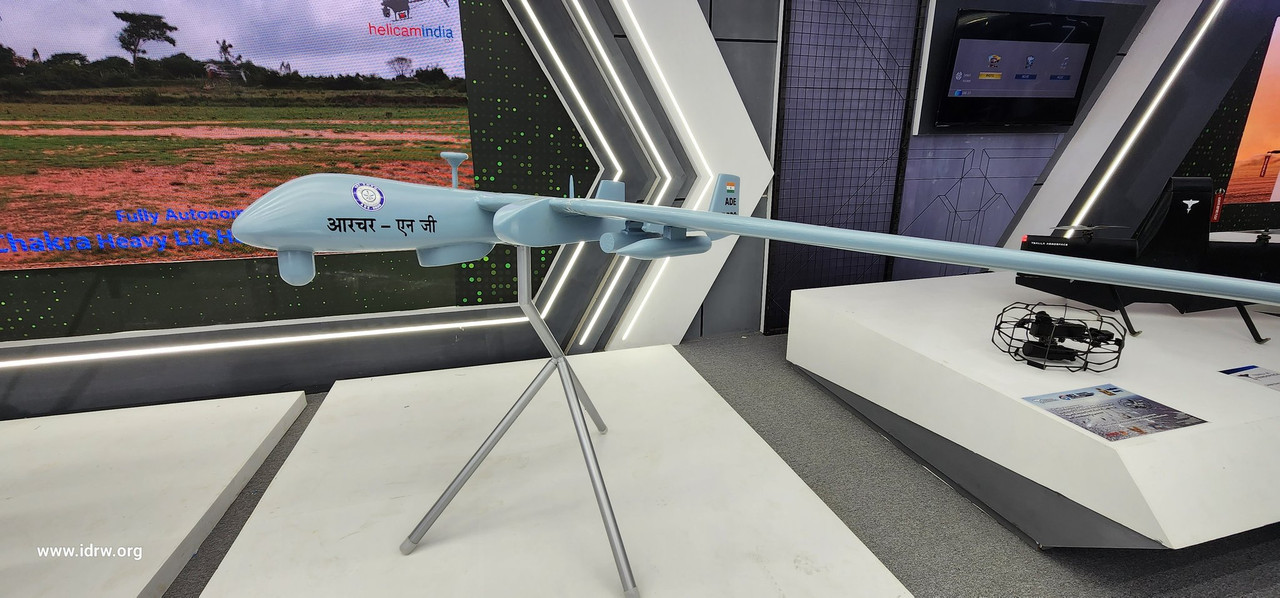
India’s ambitious project to develop the Archer-NG, a Weaponized Medium Altitude Long Endurance (MALE) UAV (Unmanned Aerial Vehicle), is gaining momentum, with the rollout of the prototype expected by the end of the coming month. The Archer-NG is a significant development in India’s drone capabilities and is set to play a crucial role in intelligence, surveillance, reconnaissance, target acquisition, tracking, and strike missions.
Initially, the rollout of the Archer-NG had been planned for mid-2023, as stated by officials from the Aeronautical Development Establishment (ADE) during Aero India 2023. However, due to some delays in the construction process, the schedule was postponed by approximately three to four months. The first test flight of this advanced armed drone is now anticipated to occur within the next six months.
Continue readingSOURCE: RAUNAK KUNDE / NEWS BEAT / IDRW.ORG
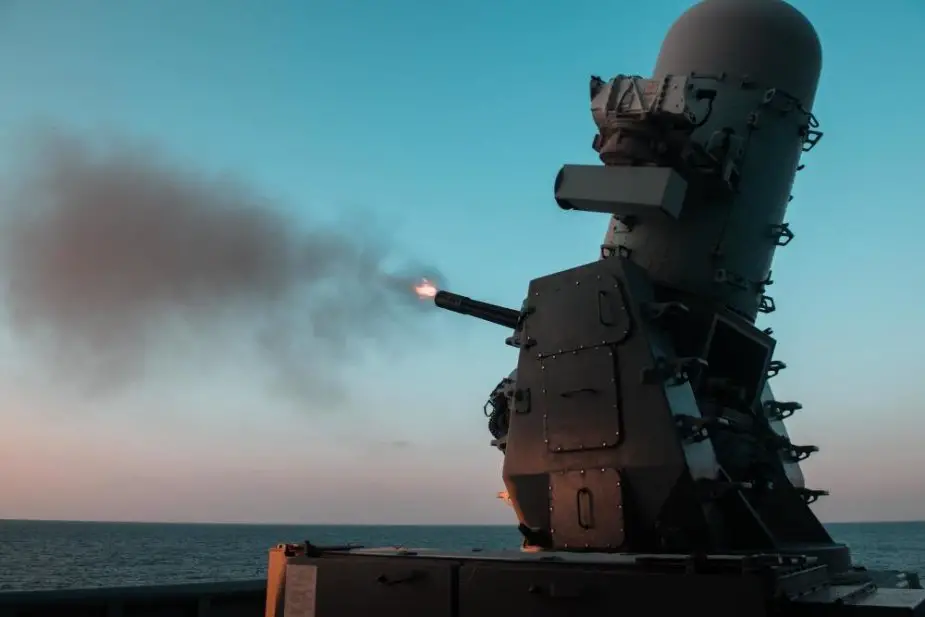
The Indian Air Force (IAF) has taken a proactive step to enhance its defence capabilities by deciding to fund and develop low-cost Close-In Weapon System (CIWS) solutions. These systems are designed to safeguard against emerging low-cost aerial threats such as loitering ammunitions and subsonic cruise missiles. The move comes as the threat landscape is rapidly evolving, necessitating innovative solutions to protect key airbases and facilities.
IAF airbases are typically equipped with Surface and Air Defense systems that provide what is known as “Inner Cover” against aerial threats, including fighter jets and helicopters. However, recent conflicts, such as the Russian-Ukraine war, have highlighted the use of cost-effective loitering ammunition and subsonic cruise missiles. These threats are not only more affordable than traditional missiles used for interception but can also lead to saturation attacks, overwhelming existing air defence systems.
Continue readingSOURCE: IDRW.ORG TEAM
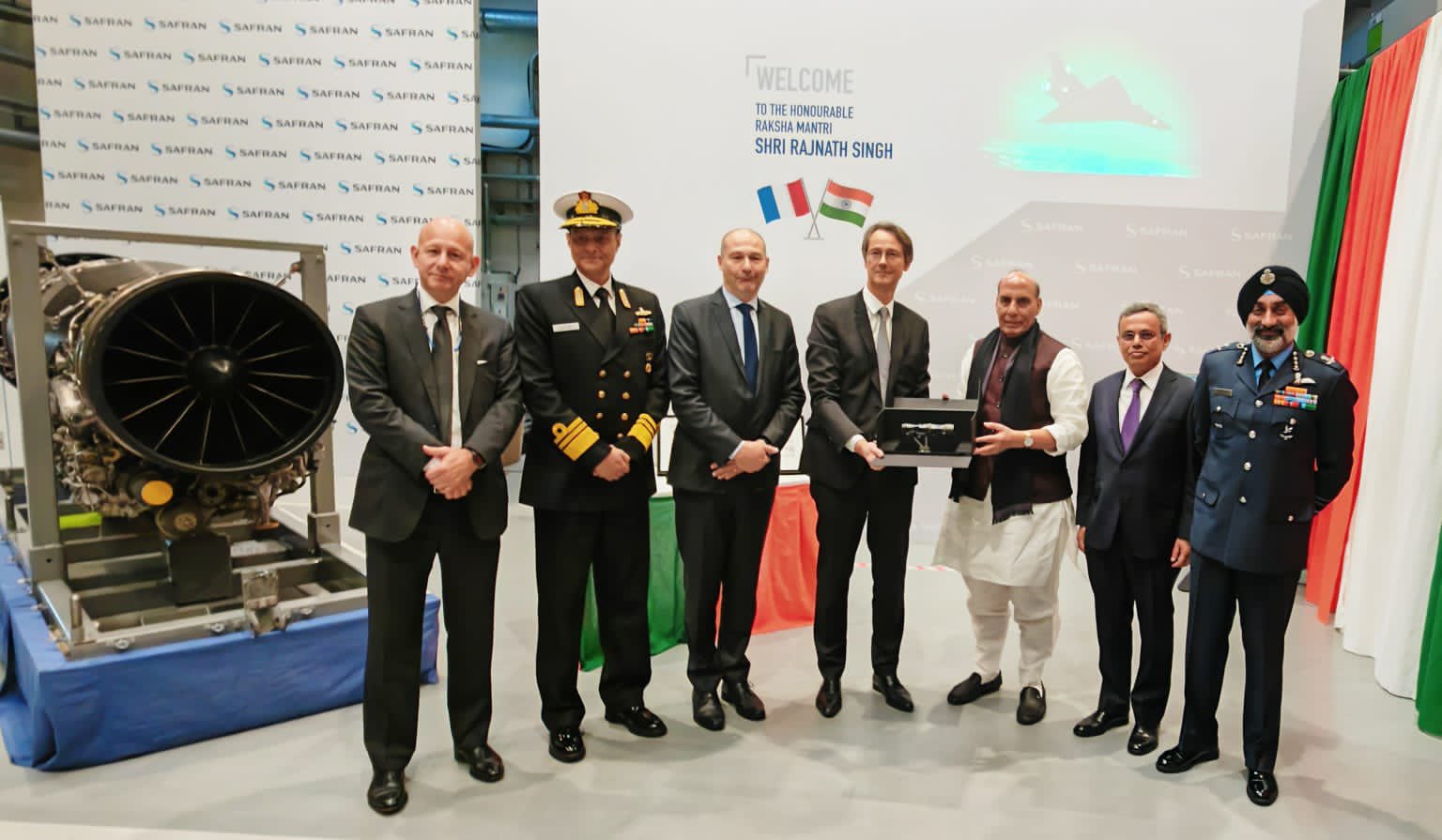
French aerospace giant Safran Aircraft Engines, a key player in the global aviation industry, welcomed Indian Defense Minister Rajnath Singh to its Gennevilliers facility, where pivotal components of the M88 engine, which powers the Dassault Rafale, are manufactured. During the visit, Safran reiterated its commitment to partnering with India on the development of a cutting-edge fighter engine for India’s 5th generation Advanced Medium Combat Aircraft (AMCA) program, which is also designed to be 6th generation-ready.
Safran and India’s Defense Research and Development Organization’s Gas Turbine Research Establishment (DRDO’s GTRE) have entered into discussions with Indian defense industry partners to co-develop new engines tailored to the requirements of the AMCA program. Notably, this new engine will not be an extension of the M88 engine currently in use. Instead, Safran has proposed the development of an entirely new engine core, which can subsequently be upgraded to meet evolving thrust needs. The 110kN engine, at its core, can be enhanced to provide up to 130kN of thrust, which might be sought for India’s envisioned 6th generation fighter jet, expected to materialize after 2030.
Continue readingSOURCE: IDRW.ORG TEAM
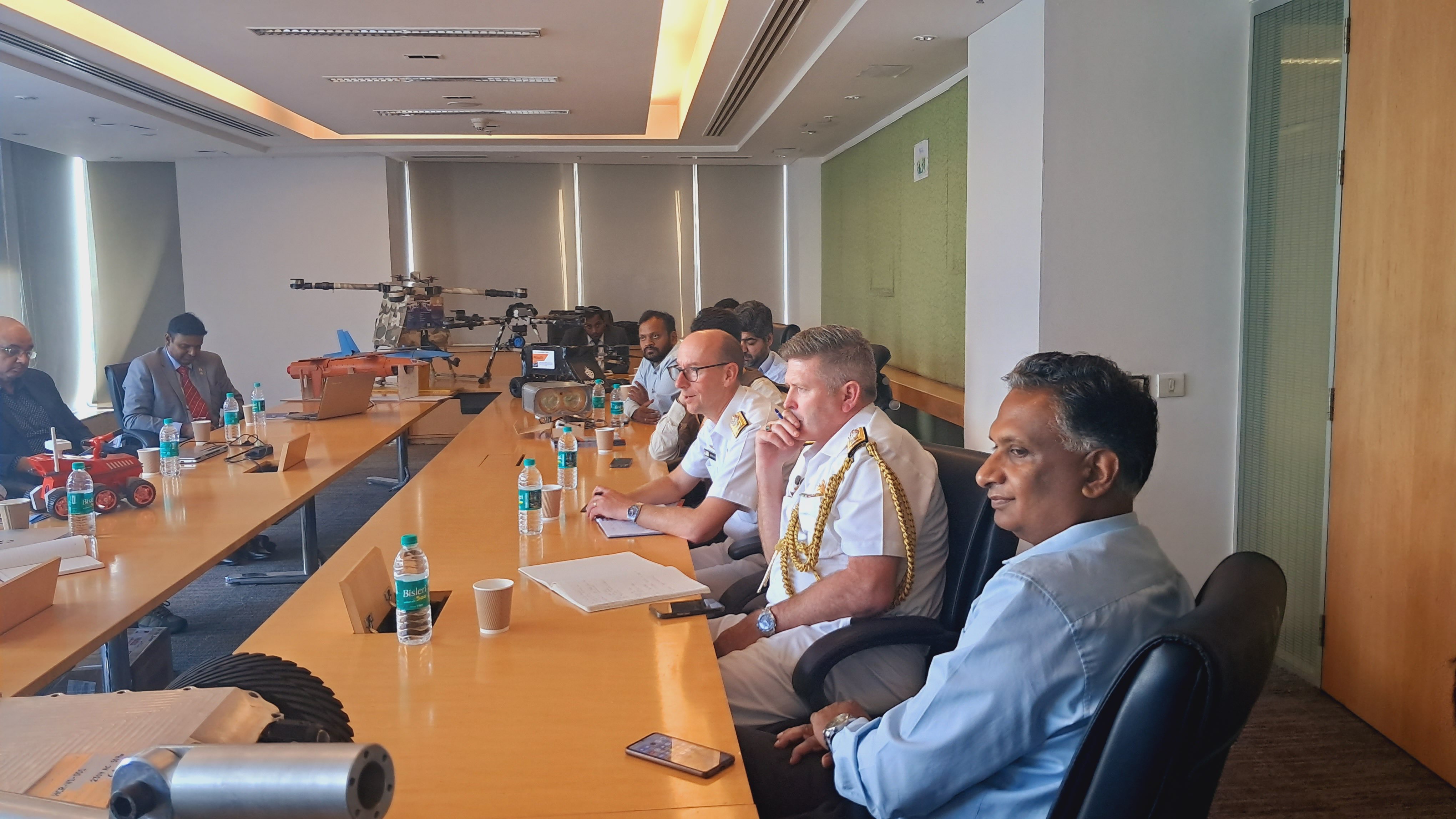
The Innovation for Defence Excellence (iDEX) initiative recently had the honor of hosting a delegation from Australia, led by Director General – Warfare Innovation (DG-WIN) Australia, Mr. Kavanagh D. John. The discussions held during this visit focused on the iDEX framework, potential defense industrial collaborations, and interactions with iDEX innovation winners.
The meeting provided a valuable opportunity to explore avenues of cooperation and knowledge sharing between India and Australia in the field of defense technology and innovation. iDEX, known for fostering innovation and collaboration in the defense sector, was keen to engage with the Australian delegation in discussions related to defense capabilities and advancements.
Continue readingSOURCE: RAUNAK KUNDE / NEWS BEAT / IDRW.ORG

Retired Air Chief Marshal RKS Bhadauria, a prominent advocate for indigenous fighter jet programs in India, has voiced his support for Hindustan Aeronautics Limited (HAL) and their role in the development of the Tejas MkII fighter jet. In an interview with ANI, he emphasized the need for HAL to have the capacity to deliver at least 24 Tejas MkII fighter jets annually when production begins in 2028 and onwards.
The Tejas MkII is a crucial addition to the Indian Air Force (IAF) as it is intended to replace mid-tier fighter jets, including the Anglo-French Jaguars, Russian Mig-29UPG, and French Mirage-2000H. The IAF has committed to procuring 120 Tejas MkII fighter jets in the first instalment, with an additional 60 in the second instalment. This procurement could potentially expand to a fleet of 200 Tejas MkII fighter jets by 2040.
Continue readingSOURCE: RAUNAK KUNDE / NEWS BEAT / IDRW.ORG

The Philippine Army (PA) is set to bolster its coastal defence capabilities with the acquisition of the Indian-made BrahMos cruise missile system. This move is part of the Armed Forces of the Philippines’ (AFP) strategy to enhance its ability to safeguard the country’s coastlines. AFP chief Gen. Romeo Brawner Jr. recently revealed the plan during a media interview.
The Philippine Marine Corps (PMC) has already initiated its procurement of the BrahMos cruise missile system, placing an order for three batteries. The Philippine Army, in coordination with the PMC, intends to further strengthen the nation’s coastal defence capabilities.
Continue readingSOURCE: RAUNAK KUNDE / NEWS BEAT / IDRW.ORG

Italian firm Whitehead Sistemi Subacquei (WASS), a subsidiary of Finmeccanica, is once again making a compelling pitch for the sale of the Black Shark torpedo, an advanced, long-range, multi-purpose, heavy-weight torpedo. This torpedo is designed to be equipped on the Indian Kalvari class of submarines, marking a significant development following the lifting of sanctions on its parent company.
Initially, the six Kalvari-class submarines were intended to be equipped with the Black Shark, representing a next-generation, fully stealthy heavyweight torpedo. It boasted the capability to be fired from deep and coastal waters, and it could be launched in both push-out and swim-out modes at any operational depth of a submarine. However, due to sanctions imposed on its parent firm, alternative Russian and Indian torpedoes were used on the fleet that has now been lifted by India.
Continue readingSOURCE: IDRW.ORG TEAM
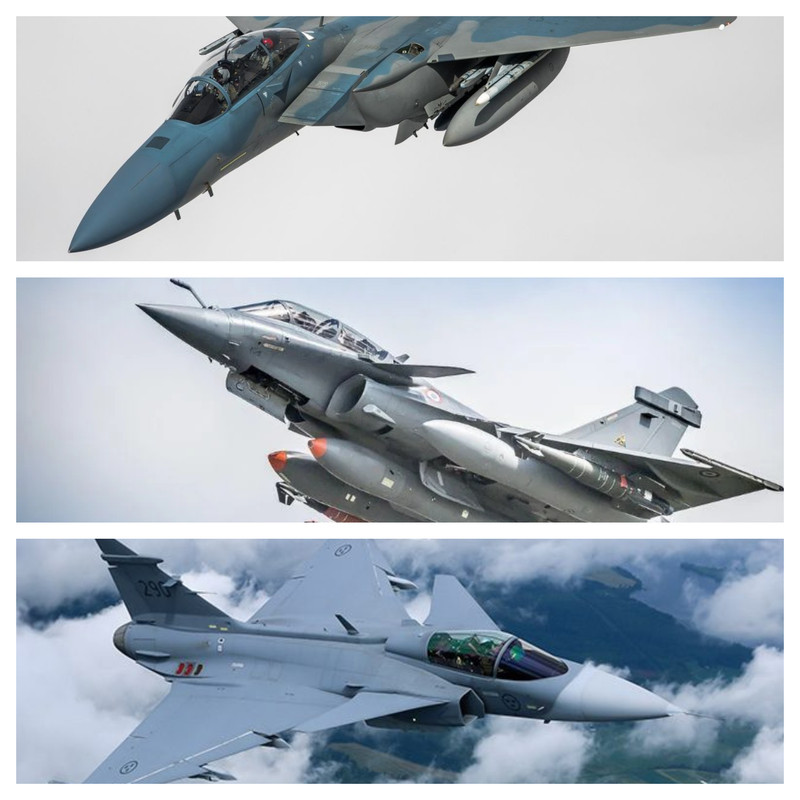
In a highly anticipated move, the Indian Air Force (IAF) is advancing in its quest for 114 Medium Multi-Role Fighter Aircraft (MRFA) to bolster its aerial capabilities. The top contenders in this substantial tender, as reported by sources within the IAF to ” The Print” are the Boeing F-15EX, Saab’s Gripen-E, and the Dassault Rafale fighter jets.
The IAF initiated this procurement endeavor by releasing a Request for Information (RFI), which garnered responses from eight Original Equipment Manufacturers (OEMs). Following these responses, the IAF conducted preliminary discussions with all eight OEMs, setting the stage for the next crucial step in the acquisition process.
Continue reading